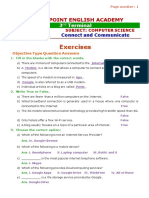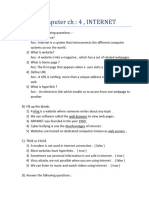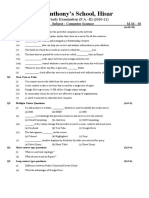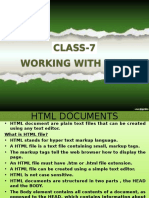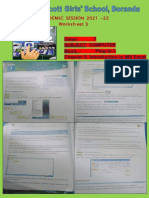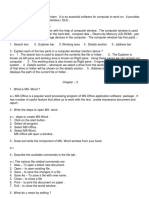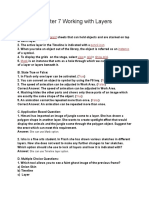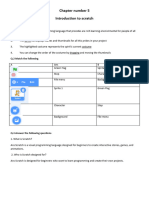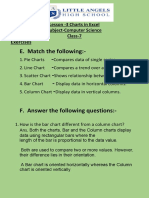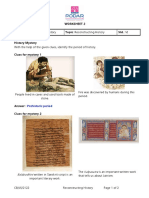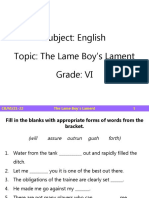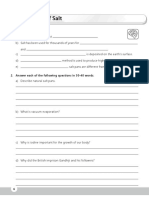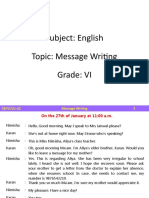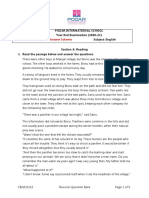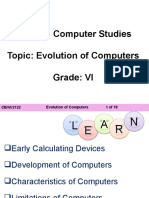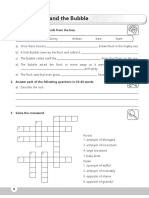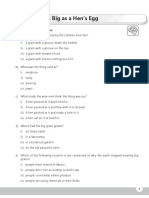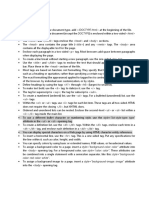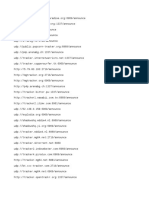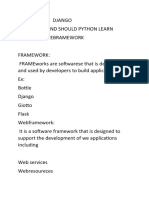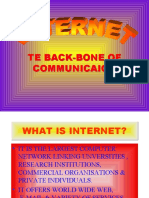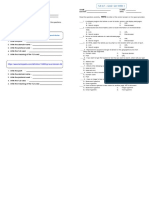0% found this document useful (0 votes)
2K views30 pagesCBSE - VI - Computer Studies - Introduction To HTML
This document provides an introduction to HTML by:
1. Defining HTML as the language used to create web pages and its basic structure using tags.
2. Explaining the difference between a webpage, website, and web browser and how HTML files are viewed.
3. Describing common HTML tags like headings, paragraphs, and formatting tags to change text properties and their attributes to customize features.
Uploaded by
Ahaan DoshiCopyright
© © All Rights Reserved
We take content rights seriously. If you suspect this is your content, claim it here.
Available Formats
Download as PPTX, PDF, TXT or read online on Scribd
0% found this document useful (0 votes)
2K views30 pagesCBSE - VI - Computer Studies - Introduction To HTML
This document provides an introduction to HTML by:
1. Defining HTML as the language used to create web pages and its basic structure using tags.
2. Explaining the difference between a webpage, website, and web browser and how HTML files are viewed.
3. Describing common HTML tags like headings, paragraphs, and formatting tags to change text properties and their attributes to customize features.
Uploaded by
Ahaan DoshiCopyright
© © All Rights Reserved
We take content rights seriously. If you suspect this is your content, claim it here.
Available Formats
Download as PPTX, PDF, TXT or read online on Scribd
/ 30

